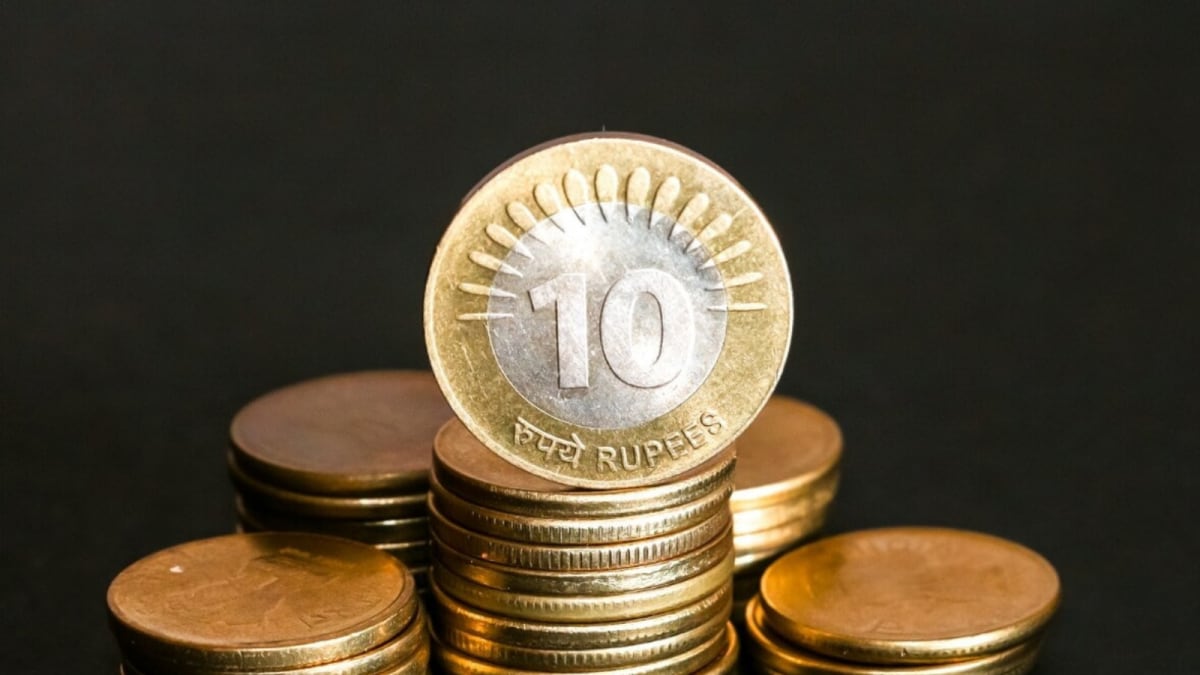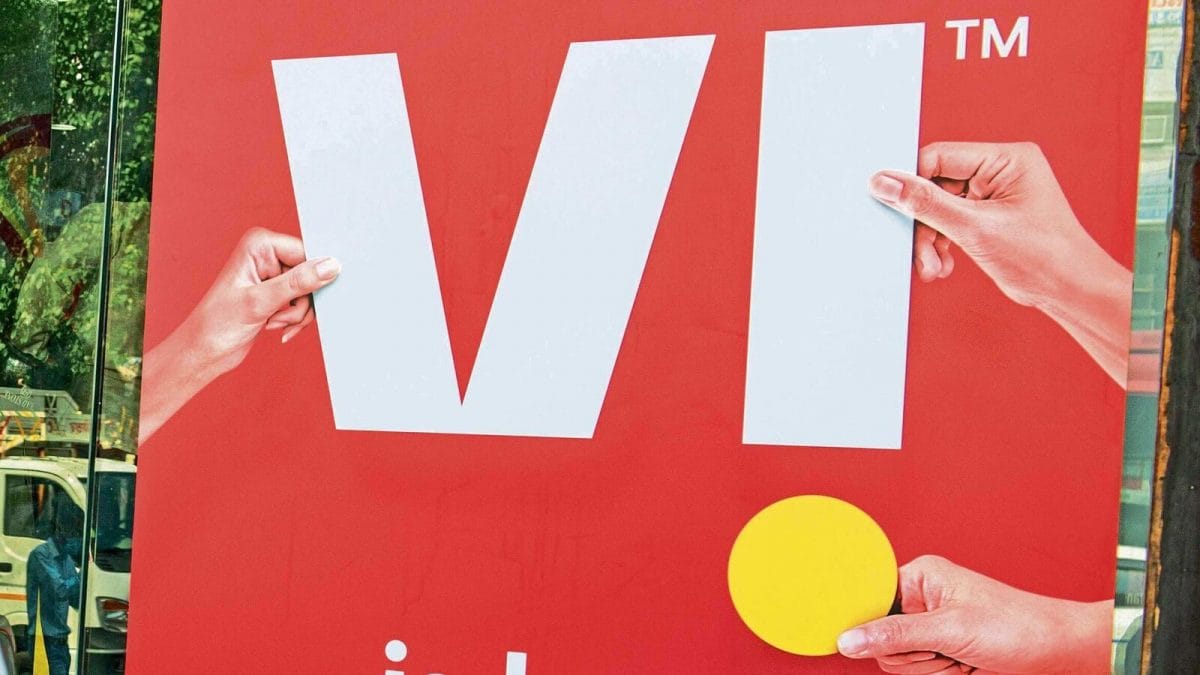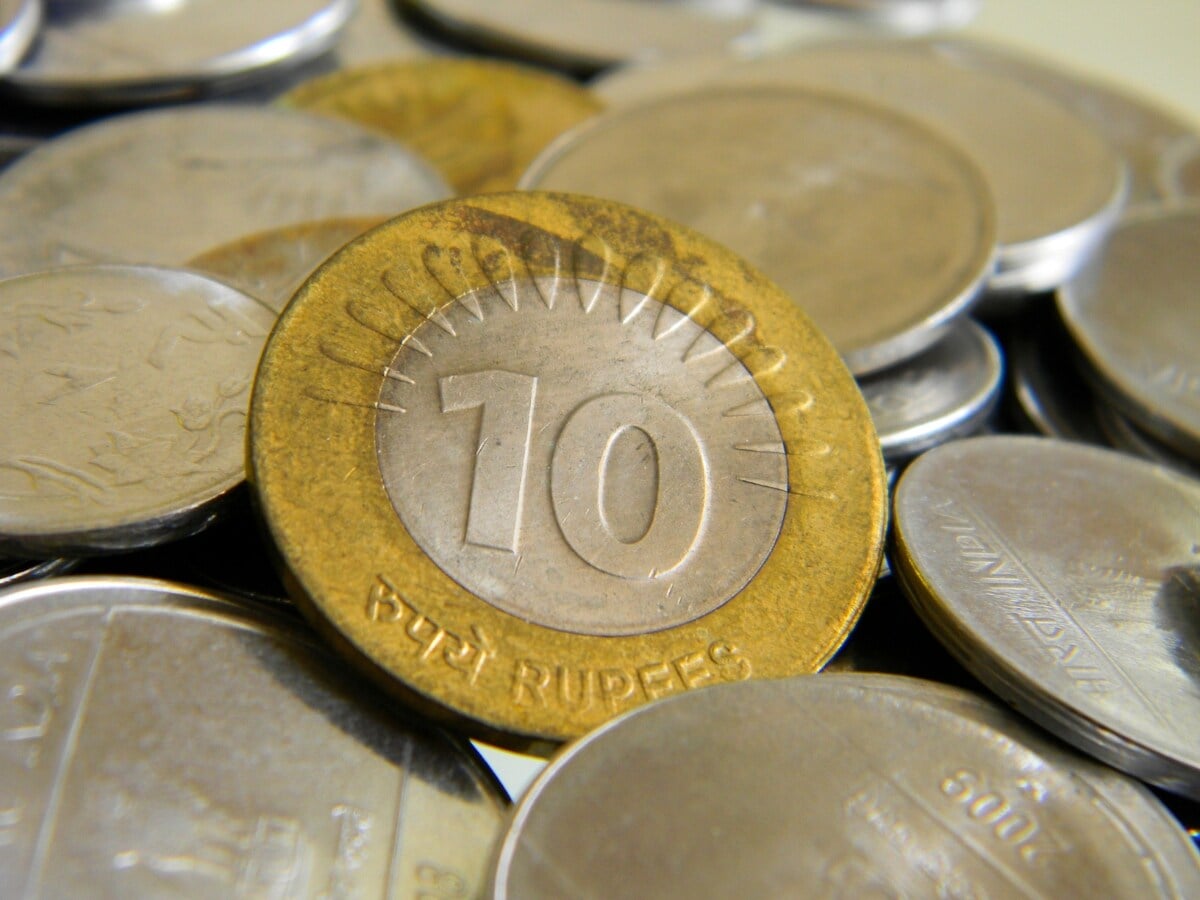
If you hand over a Rs 10 coin at a shop, it’s not uncommon to hear, “Sir, this isn’t a real coin… please give me another.” Many people are confused by the different designs, unsure which coins are genuine and which might be fake. This uncertainty has led to hesitation among both shopkeepers and the general public when it comes to accepting Rs 10 coins. But have these coins truly been banned? What’s the real story?
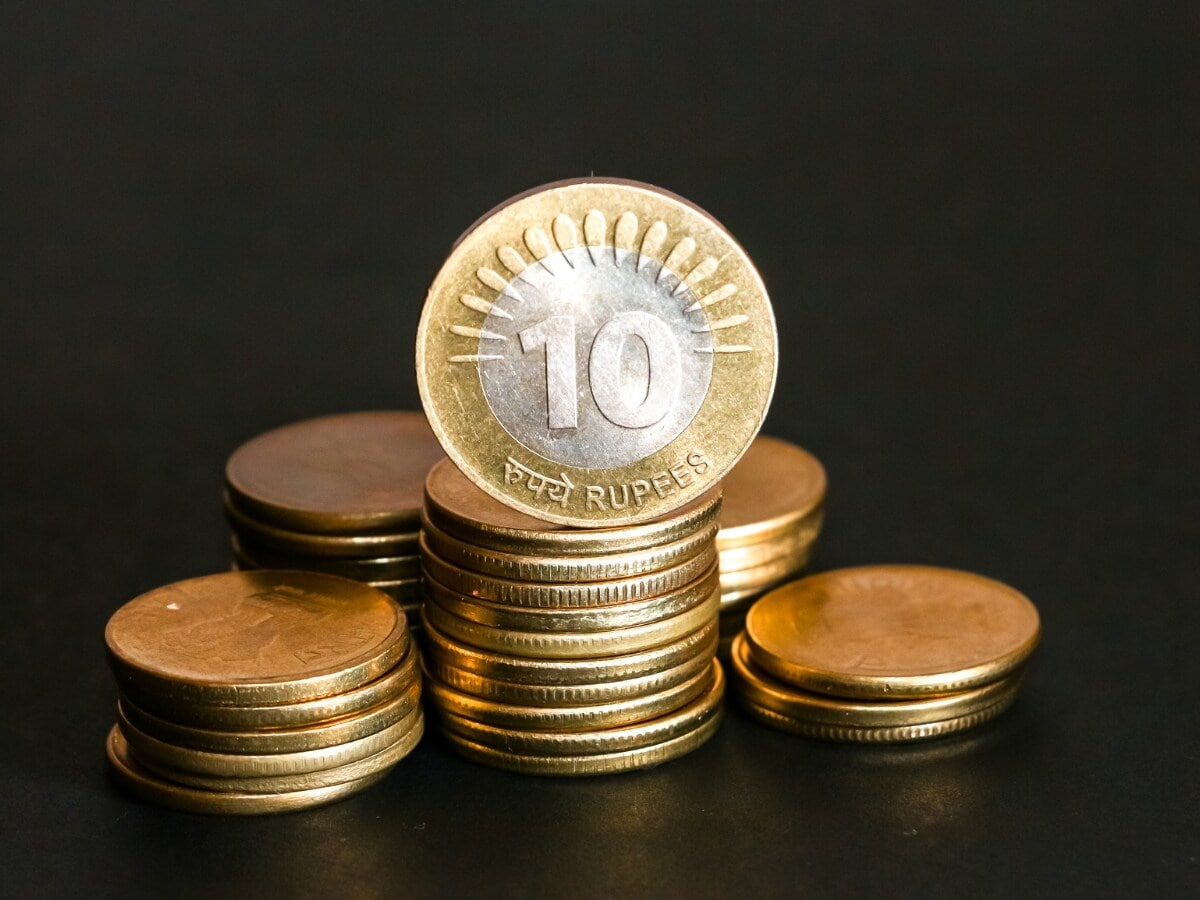
The Reserve Bank of India (RBI) first introduced the Rs 10 coin in 2005, and it began circulating in 2006. It holds the distinction of being India’s first ‘bimetallic’ coin, composed of two different metals: a copper-nickel centre and an aluminium-bronze outer ring. Since its launch, the RBI has released over 14 different designs of the Rs 10 coin, many commemorating events or public figures, and simply to meet demand. Despite their varying appearances, all versions of the Rs 10 coin remain valid legal tender.
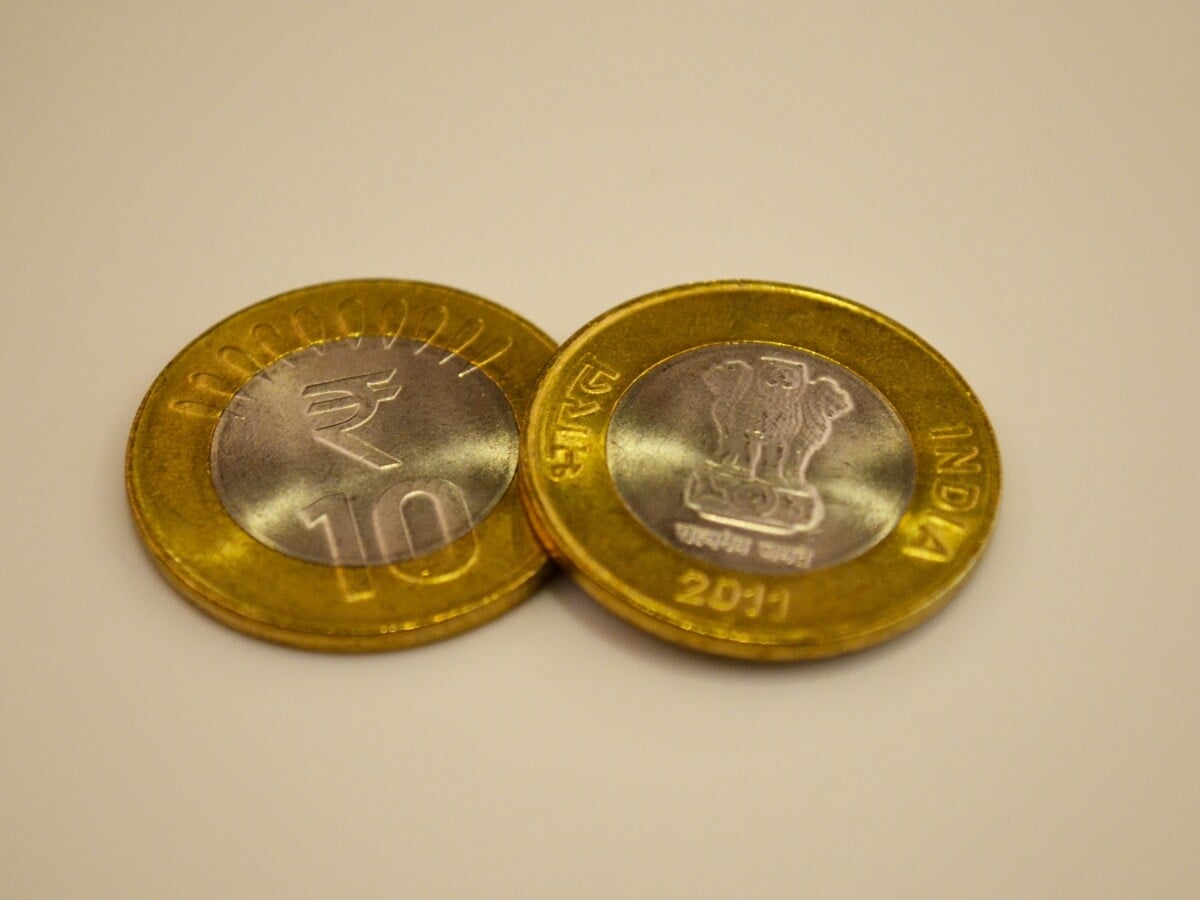
In 2011, the Indian government officially adopted the ₹ symbol. Coins minted after that year display the symbol, while older coins do not. Unfortunately, this led to the widespread misconception that coins without the symbol were counterfeit. The rumour gained even more traction during demonetisation.
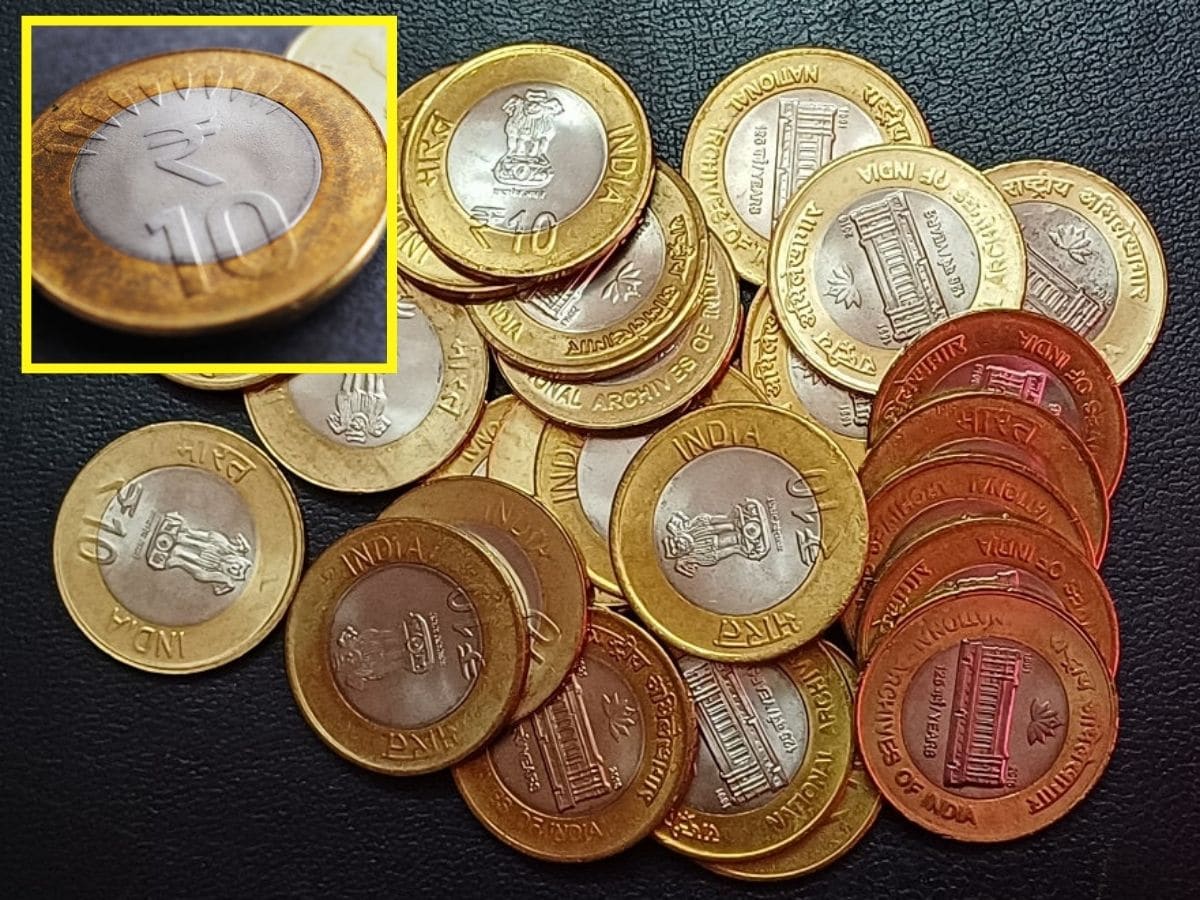
To address the confusion, the RBI has repeatedly issued public notices, making it clear that all Rs 10 coins currently in circulation, regardless of design or the presence of the ₹ symbol, are genuine and legally valid.
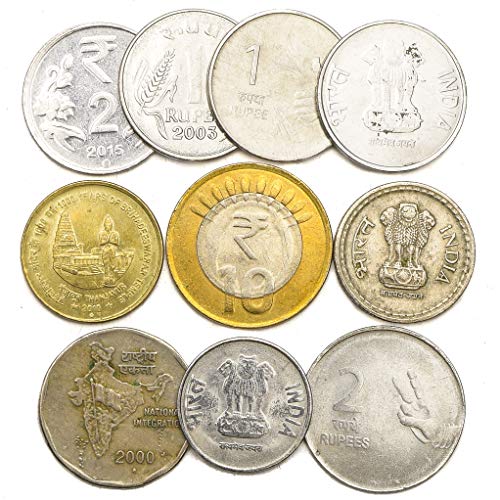
However, some individuals continue to spread misinformation, causing needless panic. But it’s natural for coins of different designs to circulate together over time. This variation does not imply anything suspicious.
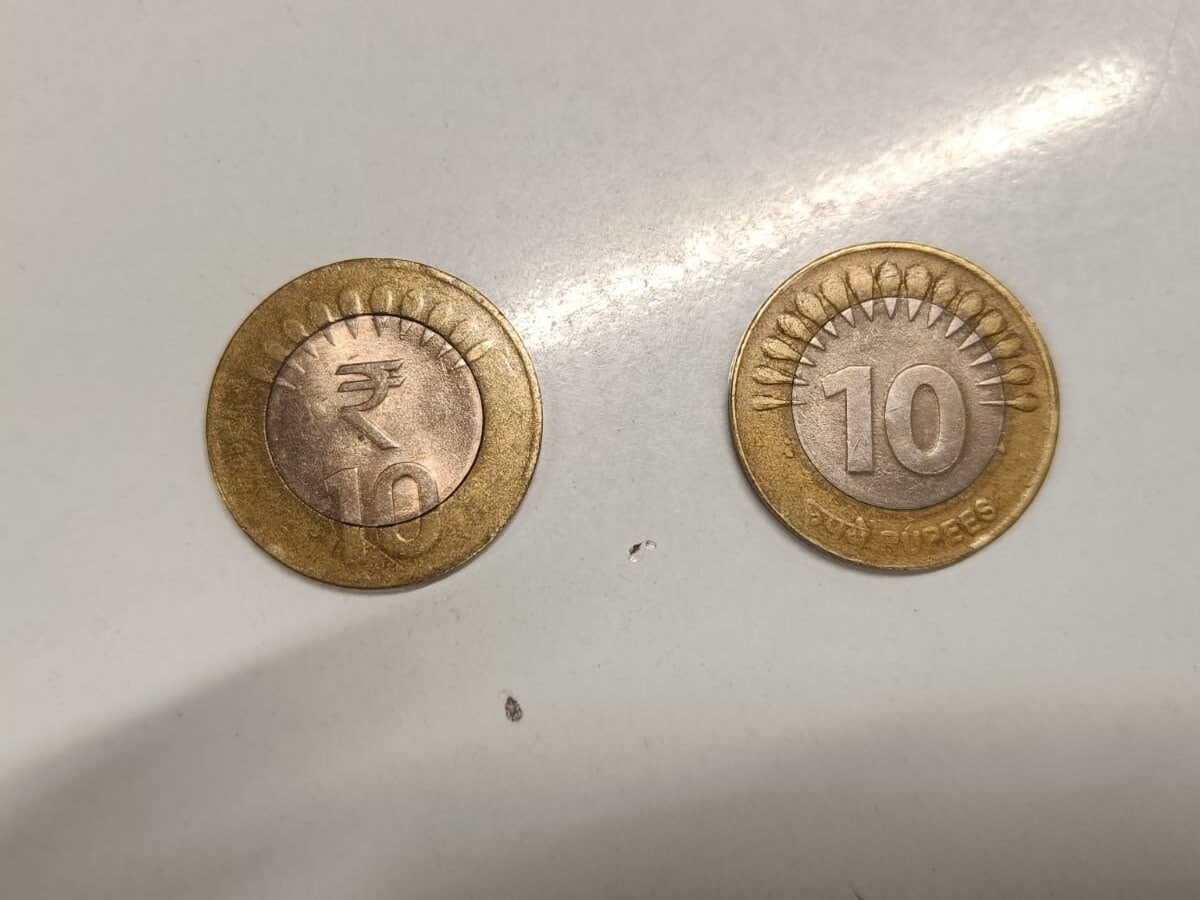
Remember: The Rs 10 coin is legal tender, and it is unlawful to refuse it. If someone tries to reject the coin, inform them of the facts. Don’t rely on WhatsApp rumours or hearsay, refer only to official information. So, the next time someone tells you, “This isn’t a real coin,” respond with confidence: “It absolutely is. The RBI itself has confirmed it.”


